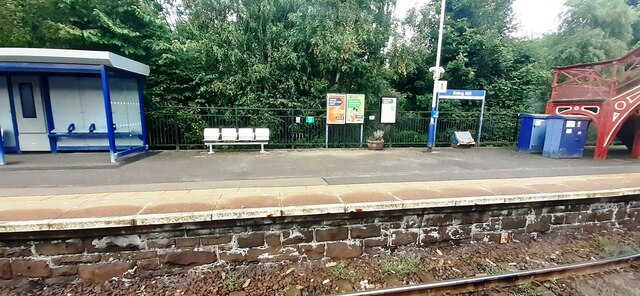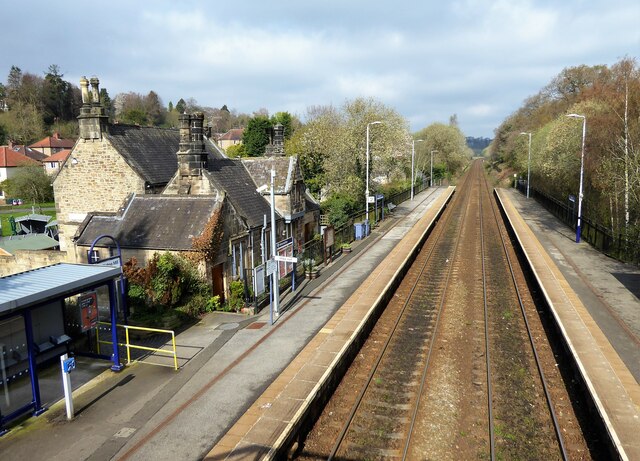Abbeybank Wood
Wood, Forest in Northumberland
England
Abbeybank Wood

Abbeybank Wood is a picturesque woodland located in Northumberland, a county in the northeast of England. Spanning approximately 40 hectares, this enchanting forest is a haven for nature lovers and outdoor enthusiasts.
The wood boasts a diverse range of flora and fauna, with towering ancient oak trees, vibrant wildflowers, and a carpet of lush green moss covering the forest floor. It is home to various bird species, including the great spotted woodpecker, tawny owl, and song thrush. Visitors can often catch glimpses of squirrels scurrying among the branches or deer gracefully grazing in the clearings.
Tranquil walking trails wind their way through the wood, allowing visitors to explore its natural beauty at their own pace. The paths are well-maintained and clearly signposted, making it easy for visitors to navigate through the forest. Along the way, informative signs provide interesting facts about the wood's history, wildlife, and conservation efforts.
Abbeybank Wood has a rich heritage, dating back to medieval times when it was part of an ancient hunting ground. Today, the wood is managed by a local conservation organization, which ensures its protection and preservation. They also organize educational programs and guided walks to raise awareness about the importance of the woodland ecosystem and its biodiversity.
Whether you are seeking a peaceful retreat, a chance to reconnect with nature, or an opportunity to learn about Northumberland's natural heritage, Abbeybank Wood offers a delightful experience for visitors of all ages.
If you have any feedback on the listing, please let us know in the comments section below.
Abbeybank Wood Images
Images are sourced within 2km of 54.956832/-1.9785138 or Grid Reference NZ0162. Thanks to Geograph Open Source API. All images are credited.
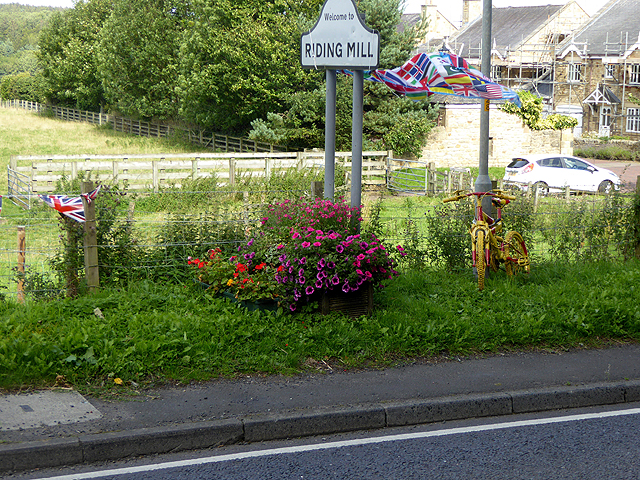
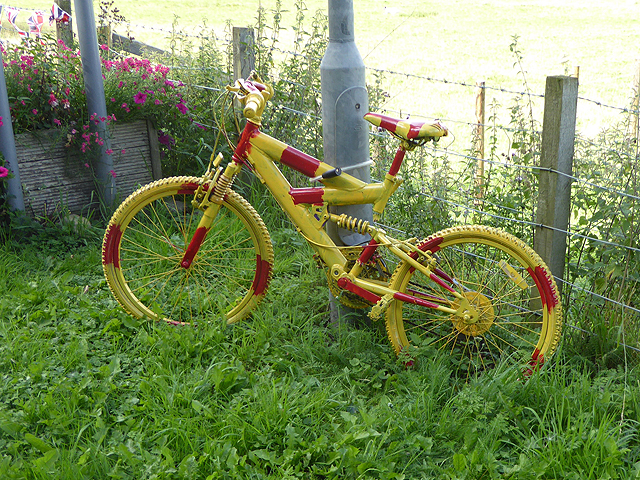
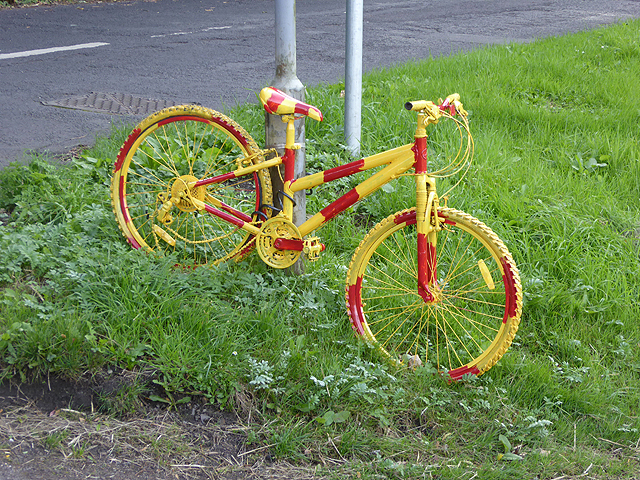
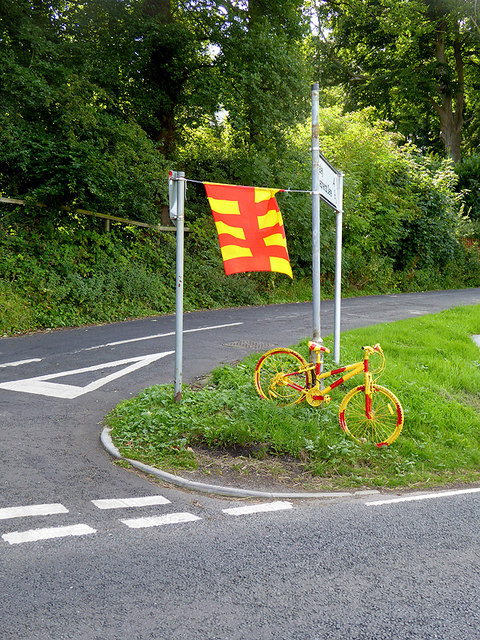
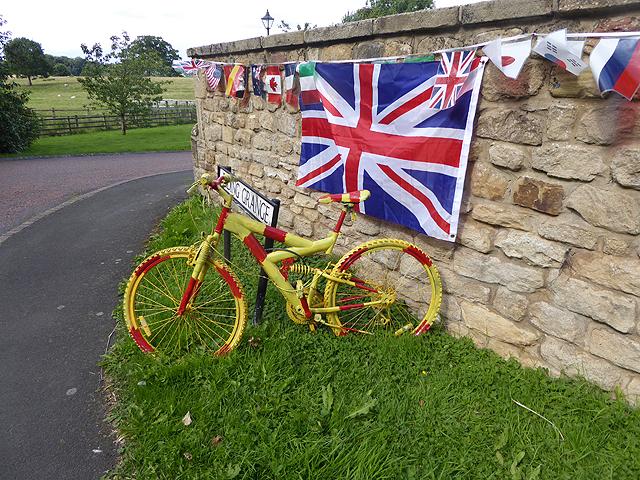
Abbeybank Wood is located at Grid Ref: NZ0162 (Lat: 54.956832, Lng: -1.9785138)
Unitary Authority: Northumberland
Police Authority: Northumbria
What 3 Words
///scales.lion.crossword. Near Corbridge, Northumberland
Nearby Locations
Related Wikis
Broomhaugh
Broomhaugh is a village and former civil parish, now in the parish of Broomhaugh and Riding, in Northumberland, in England. It is situated between Hexham...
Riding Mill railway station
Riding Mill is a railway station on the Tyne Valley Line, which runs between Newcastle and Carlisle via Hexham. The station, situated 16 miles 71 chains...
Riding Mill
Riding Mill is a village near Hexham in Northumberland, England. It is part of the civil parish of Broomhaugh and Riding. It is served by Riding Mill railway...
Broomhaugh and Riding
Broomhaugh and Riding is a civil parish in Northumberland, England. It includes the villages of Broomhaugh and Riding Mill. According to the 2001 census...
Beauclerc
Beauclerc is a small village in Northumberland, England. It is situated to the west of Riding Mill, between Hexham and Newcastle upon Tyne. == Governance... ==
Styford Bridge
Styford Bridge is a modern concrete bridge carrying the A68 road across the River Tyne east of Riding Mill, Northumberland, England and forms part of the...
Corbridge railway station
Corbridge is a railway station on the Tyne Valley Line, which runs between Newcastle and Carlisle via Hexham. The station, situated 19 miles 15 chains...
Newton, Northumberland
Newton is a village and former civil parish, now the parish of Bywell, in Northumberland, England. It is situated close to the A69 road, 3 miles (5 km...
Nearby Amenities
Located within 500m of 54.956832,-1.9785138Have you been to Abbeybank Wood?
Leave your review of Abbeybank Wood below (or comments, questions and feedback).
